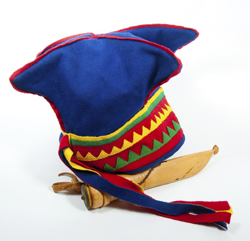In support of minority languages in Europe
Europe boasts many regions that are naturally multilingual, adding to its diverse and multicultural character. Yet there are no effective tools to determine the extent of multilingualism in these different regions and whether it is prospering or not. The EU-funded project ELDIA(opens in new window) worked on developing a new understanding of this natural multilingualism and articulating a tool to support this goal. It focused on less-studied languages in central, eastern and northern European minority communities, covering 9 Finno-Ugric languages spoken in 12 linguistic communities in northern Europe, and Austria, Germany, Russia and Slovenia. Languages under study included Northern Sámi in Norway, Meänkieli and Finnish in Sweden, Karelian and Estonian in Finland, Estonian in Germany, Hungarian in Austria and Hungarian in Slovenia. A key project aim was to develop the European Language Vitality Barometer to articulate measures that support minority languages and to identify areas of language management that need special attention. Building on past research in language maintenance and revitalisation, the Barometer represents the most accurate initiative yet for achieving these aims. In this vein, the newly developed toolkit revealed that the minority languages under study are facing the risk of extinction, but that this could be reversed if proper measures are adopted. The toolkit showed, interestingly, that minority languages in the Nordic states are still disappearing despite these countries' high regard for human rights and democracy. Another key project finding was that language diversity in European societies has not been adequately encouraged. The project's results have been published in international reports and journals, as well as on the project's comprehensive website. The main results, complete with legal, sociological and sociolinguistic analyses, were combined in an interdisciplinary comparative report. The findings may be crucial in keeping European linguistic diversity and culture intact, in all its richness and complexity.



